La Riba: The roar of the Brugent valley
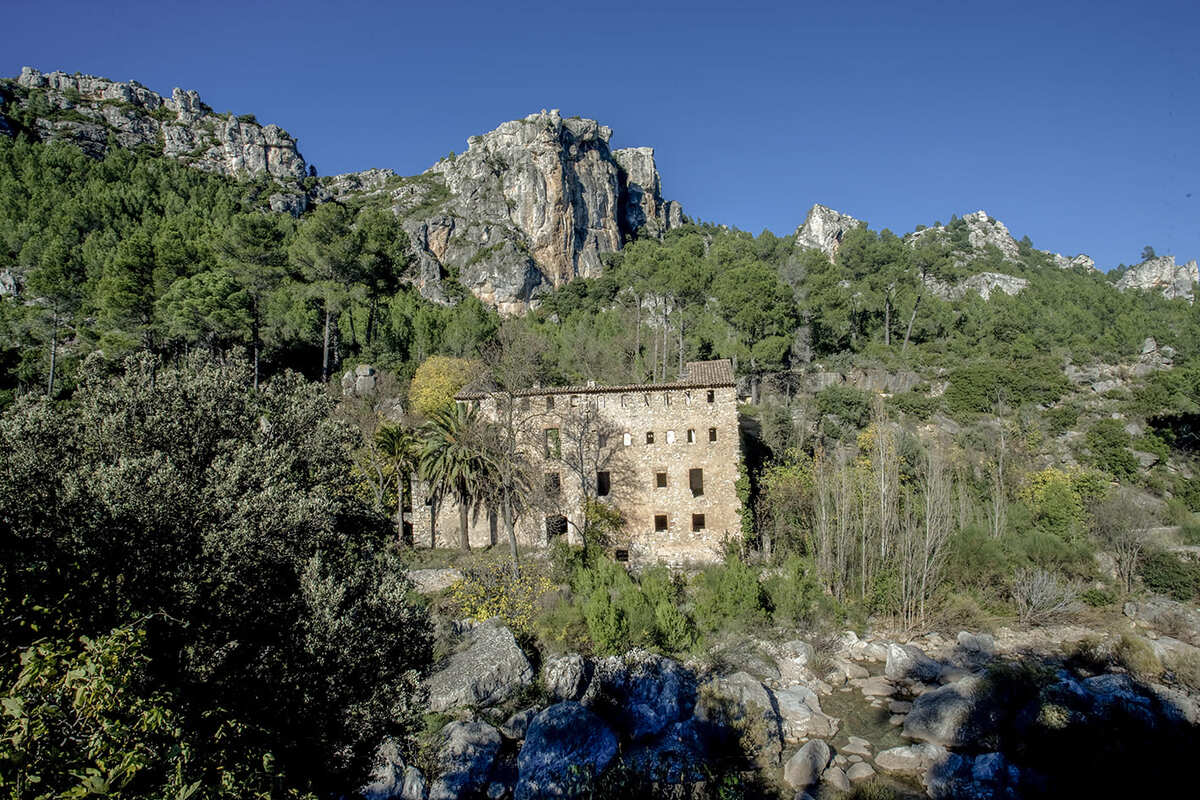
Be sure not to miss: a trip in the direction of Farena along the Brugent valley road, while listening to the roar of the Brugent and observing the ponds and fountains from Font Gran to Font Grossa, the rocks through which the climbing routes pass and the old paper mills. At the other end of the area is the Petrol Tower. And don't forget to walk around the town and visit Sant Nicolau.
The town of La Riba is known for the Brugent river, for climbing and for the paper mills established on the banks of the Brugent since the 18th century. Even today, the paper sector is a great economic engine for the population. You can see the old mills, some restored, on the road to Farena.
La Riba has always been an unbeatable destination for hiking. Every corner is a good place to admire the landscape. The climbers have even opened several routes on the walls of the Penya Roja, among other places. The fountains and pools that form the Brugent river contrast with the imposing aggressiveness of the mountains that embrace them; bathing is very enjoyable in summer, providing you always follow the instructions from the authorities.
A characteristic feature of La Riba is the bridge that spans the Francolí river near the confluence with the Brugent that connects the neighbourhoods on either side of the river.
The parish church in the town centre is dedicated to Sant Nicolau (18th century). Visiting it means strolling through the steep streets of a town arising from the growth of industry and the use of the river and the forest.
The Petrol Tower (BCIN), located at the top of the Puig Cabrer, on the edge of the Picamoixons district, is a highly recommended trip. While some place the origin in the 12th century, the current tower was built in the 19th century as an optical telegraph tower. The name ‘Petrol’ is from its builder, the liberal commander Manuel Orozco, who asked for ‘petrol’ instead of brandy in the La Riba tavern.
Take a trip, for example, from La Riba to the Font Grossa and savour all the beauty the valley has to offer. You’ll feel the roar of the waters of the Brugent and can see the paper mills up close; witnesses of an industrial heritage that still remains.
You'll also be able to visit the new Interpretation Centre "Els camins the l'aigua i el paper" (The paths of water and paper), located in Molí del Racó where you can discover la Riba and its population's history, how people in the XVIII century used to work and the expoansion that the paper industry had within the village.
Notícies relacionades
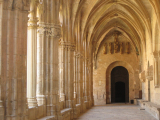





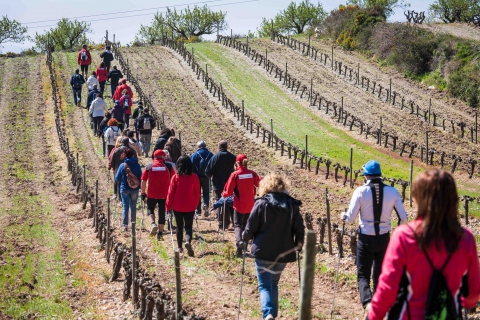
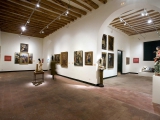
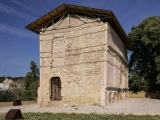
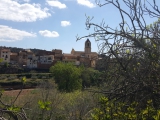
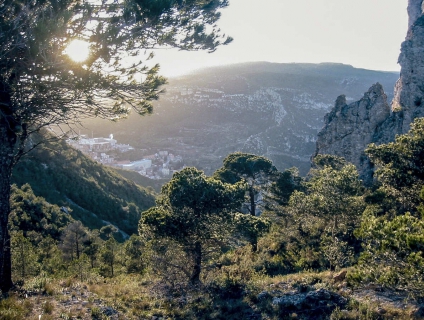
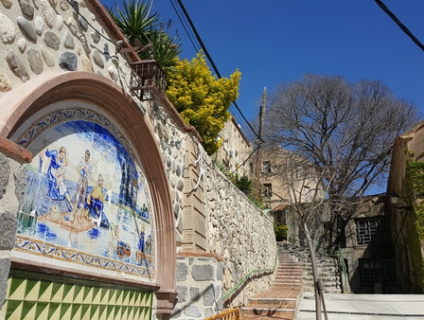
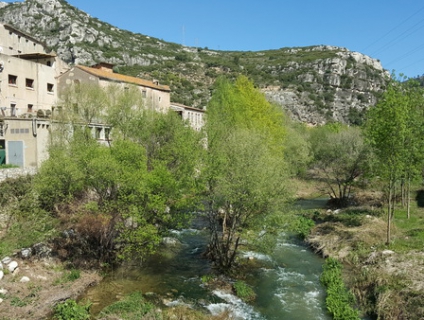
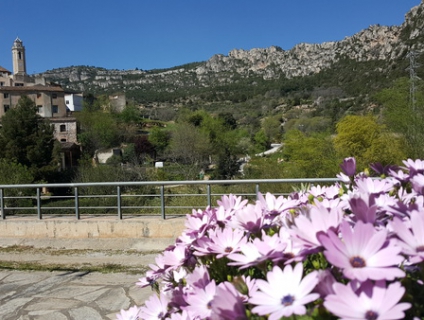
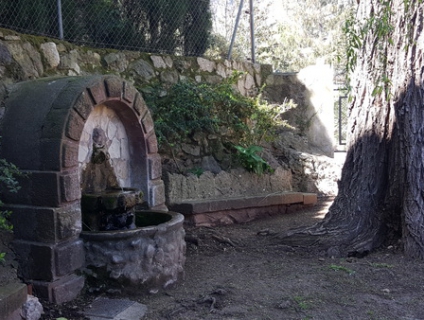
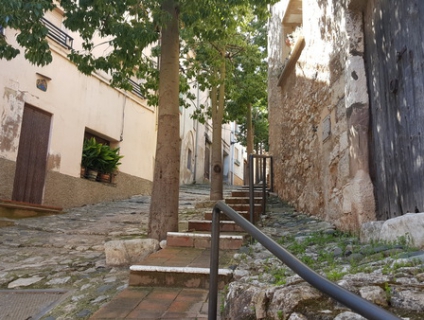
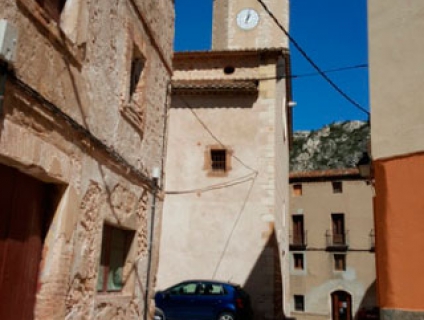








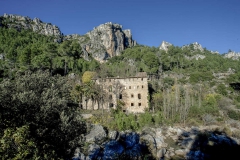



 Entorn Web · Àrea de Coneixement i Qualitat
Entorn Web · Àrea de Coneixement i Qualitat Oficina de Gestió de Turisme de l’Alt Camp
Oficina de Gestió de Turisme de l’Alt Camp






 turismealtcamp
turismealtcamp turismealtcamp
turismealtcamp turismealtcamp
turismealtcamp